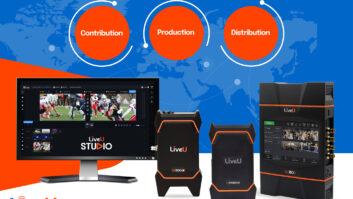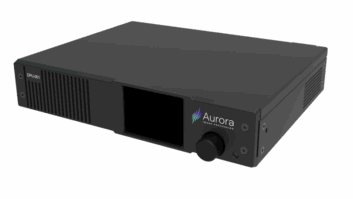Today’s students communicate with iPhones, iPads and BlackBerrys. Integrators need to find new ways to move technology into classrooms and distance learning rooms, says Vaddio.
The use of video in education offers a world of opportunities beyond the virtual field trip. Students are growing up in a digital age and are seeking innovative ways to learn and collaborate with others. A new white paper authored by S Ann Earon, PhD, entitled “Video in Education Paradigm Shift,” examines how the distribution of content is changing the way information is accessed, and how to make the best use of video technologies to engage students at school or wherever they might be located, and at any time, day or night.
Building a consistent front end will allow schools, colleges and universities to teach from a consistent platform. The “back end”, or engine, may change with new innovation. The objective is to understand that a consistent high-tech classroom can remain and grow. Tracking cameras for instructors, student cameras and touch-to-talk microphones for remote students, video whiteboards, high-definition document cameras, and fully integrated computers will drive the content and make it easier to communicate.
Given that new technologies and delivery systems will be introduced every year, why change the front end every time a new “engine” is developed? Add videoconferencing, streaming, video-on-demand, Skype, and cloud computing, but do not change everything just because students demand an addition to their communication inventory. @page_break@
The paradigm is changing. Classrooms and training rooms are becoming an important part of the decision process for CIOs and IT departments. Building a consistent and easy-to-use front end will allow students and educators to benefit from changes in technology, with only the back end components needing change. Distance learning, streaming, recording, distribution via web links are all readily available technologies. The engines will change and grow, but the consistency of the front-end classroom will remain the single most important piece of the solution. Carefully selecting quality front end products will allow organisations to cost effectively reap the benefits of video communications for many years without the need to constantly change all aspects of technology as the engines change.
Download the complete white paper from www.vaddio.com/white_papers.php.







